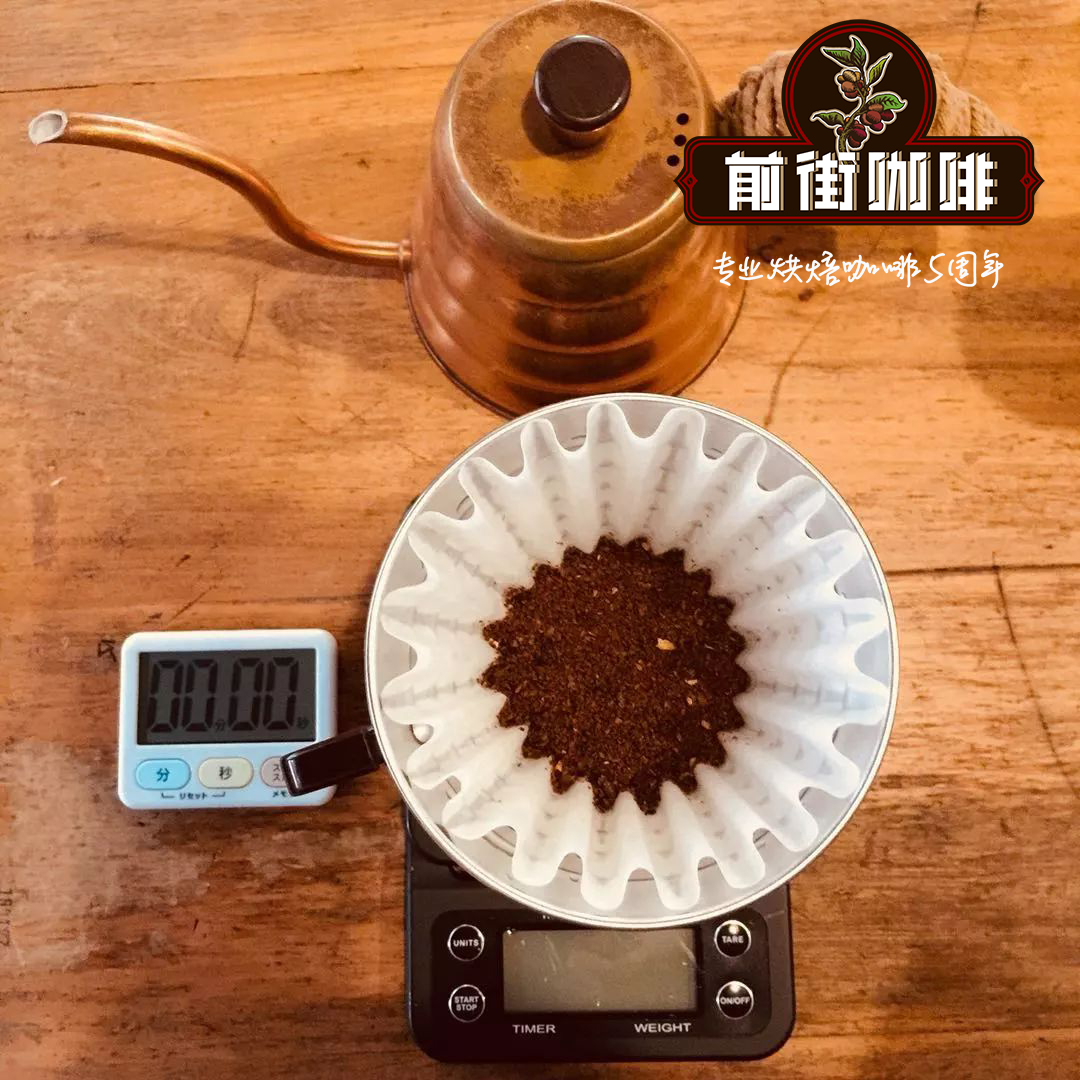Bourbon was introduced to Brazil around 1860 via Campinas in the south.

Professional coffee knowledge exchange More coffee bean information Please pay attention to coffee workshop (Weixin Official Accounts cafe_style)
Minas del Sur is a hilly forest area with an altitude of 700m-1200m. It is the earliest production area of Brazilian coffee. Due to the improvement of labor cost, most of them are now harvested mechanically. It is also the earliest commercial area of coffee. We can see many large exporters here. Bahia, located in the north of Brazil, mainly produces washed Brazil. Santo Espiritu, near the sea, is the main export area of Brazilian Robusta varieties.
Brazil's coffee cultivation is dominated by two types of terrain, one is the Brazilian plateau above 500 meters above sea level, and the other is the Brazilian plain below 200 meters. The main cultivated and well-known varieties are bourbon (including yellow bourbon, red bourbon, and flat bean sandos). The taste of Brazilian coffee is mainly characterized by low acidity, nutty flavor, balance and moderate body. In the world of fine coffee, Brazilian coffee is not outstanding, but Brazilian coffee is often used as a blend variety in Italian coffee. Also because of the high degree of equilibrium, it is often used by merchants as Blue Mountain flavor beans.
Red Bourbon Coffee: Brazilian washed red bourbon coffee
Due to the low yield and susceptibility of the tipica species introduced to Brazil in 1727, the bourbon species was introduced to Brazil around 1860 via Campinas in the south and quickly spread north to other parts of South and Central America.
In Latin America today, Bourbon is still cultivated in El Salvador, Guatemala, Costa Rica, Peru, etc., although it has largely been replaced by varieties (especially Caturra, Catuai, and Mundo Novo).
END
Important Notice :
前街咖啡 FrontStreet Coffee has moved to new addredd:
FrontStreet Coffee Address: 315,Donghua East Road,GuangZhou
Tel:020 38364473
- Prev

Species and Flavor characteristics of Diamond Hill Coffee beans in Panamanian Jade Manor
The Emerald Manor Diamond Hill Series (Diamond Mountain) is planted on the suburban slopes of the Pokuit producing area on the right side of the Balu volcano, Canas Verdes and Jaramillo, at an altitude of about 1400-1700m. The coffee grown in this area is mainly Typica, Bourbon and Catuai. The volcanic soil in this area is an excellent place to grow coffee and is rich in volcanic mineral soil.
- Next

There are only two kinds of plants that have real commercial value and have been planted in large quantities: Arabica and Robusta.
Professional coffee knowledge exchange more coffee bean information please pay attention to the coffee workshop (Wechat official account cafe_style) iron truck and bourbon like drinking red wine, coffee is also divided into many varieties, according to biology, can be divided into Arabica (Arabica), Robusta (Robusta) and Liberika (Liberica), but it really has commercial value and is big.
Related
- Detailed explanation of Jadeite planting Land in Panamanian Jadeite Manor introduction to the grading system of Jadeite competitive bidding, Red bid, Green bid and Rose Summer
- Story of Coffee planting in Brenka region of Costa Rica Stonehenge Manor anaerobic heavy honey treatment of flavor mouth
- What's on the barrel of Blue Mountain Coffee beans?
- Can American coffee also pull flowers? How to use hot American style to pull out a good-looking pattern?
- Can you make a cold extract with coffee beans? What is the right proportion for cold-extracted coffee formula?
- Indonesian PWN Gold Mandrine Coffee Origin Features Flavor How to Chong? Mandolin coffee is American.
- A brief introduction to the flavor characteristics of Brazilian yellow bourbon coffee beans
- What is the effect of different water quality on the flavor of cold-extracted coffee? What kind of water is best for brewing coffee?
- Why do you think of Rose Summer whenever you mention Panamanian coffee?
- Introduction to the characteristics of authentic blue mountain coffee bean producing areas? What is the CIB Coffee Authority in Jamaica?

